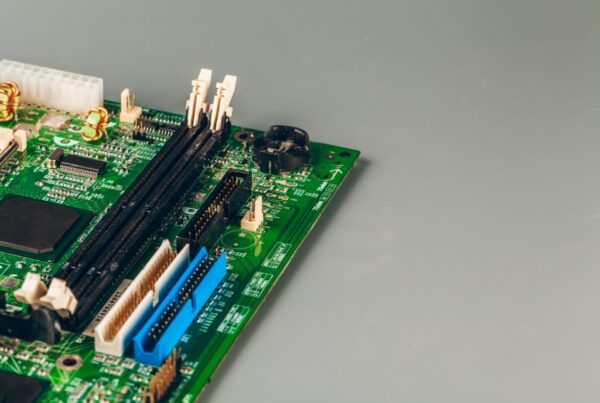Industrial encapsulation resins: 5 factors for better selection
With the many options of encapsulating resins available on the market, choosing the right one for your application can be a real challenge. It is often thought that the properties of industrial resins do not vary substantially, instead they can offer significantly different benefits. Let’s then go on to determine the factors to keep in mind when selecting the right industrial resin. First, the resin’s final operating conditions, temperature range, and likely chemical exposures need to be determined, and then the resins that will have the greatest impact on performance and reliability can be examined. Let’s look together at the 5 key factors to consider:
Industrial resin chemistry
It is easy to assume that all polyurethane and epoxy resins have essentially similar characteristics because they belong to the same chemical family, but this is not the case. Several factors can affect thermal conductivity, and various additives can influence processability, cure time and operating temperature range. For example, Part A polyurethane can be polybutadiene-based or polyether/polyester-based.
Industrial polybutadiene-based resins, such as Electrolube resins beginning with the prefixes UR50__ or UR51__ such as Electrolube UR5041 Polyurethane Resin, generally have exceptional resistance to water and saltwater immersion, but are susceptible to attack by organic solvents such as oils and fuels. In contrast, polyether/polyester-based resins, such as EL UR55__/ UR56__ such as Electrolube UR 5634 Polyurethane Resin, generally have better resistance to organic solvents and good water resistance at lower temperatures, but are not as strong as polybutadiene-based materials in hot and humid conditions. So it is clear that even within these general categories there are differences in performance; this is precisely why we at mascherpa can best advise you on which resin to use based on the application and conditions of use. Following this approach, you can choose the resin with the best combination of properties for your needs.
Thermal conductivity
The trend toward miniaturization means that high-power-density devices are becoming increasingly common. In this case, thermal dissipation becomes more important than ever.
The thermal conductivity of industrial resins is affected by the type of heat-conductive filler used and also by the distribution, size and shape of the particles within them. The thermal conductivities given in the data sheets are of limited value because different test methods may give different values for the same material. This means that two resins that have the same thermal conductivity value within the data sheets may perform very differently depending on the application.
To get a more accurate comparison, it is important to run tests of the actual application. This applies not only to industrial resins, but also to thermal interface materials.
Bio-based raw materials
Sustainability is increasingly becoming a priority, both globally, for producers and for us at Mascherpa. The use of bio-based resins is a safety feature for the future.
Switching to biobased raw materials can bring significant technical advantages.
There are many opportunities for bio-based resin applications in the electronics industry in general, given the performance advantages they offer in harsh environments, underwater applications, and hot and humid operating environments.
Economic aspect
Cost comparisons between different industrial resins can be confusing because they are often priced in kilograms but used in liters. As a result, density can greatly affect the actual cost per unit.
Try to consider this example:
Consider two resins with the same apparent cost per kilogram
- Resin A has a density of 1 kg/L (equal to 1g/ml, typical of an unfilled resin)
- B resin is 2 kg/L (equal to 2g/ml, a highly charged resin)
Mixing
Not all mixers are created equal, both in terms of manual operators and the use of a mixing and dispensing machine for large production runs. An improperly mixed resin will not cure properly, leaving voids and a sticky or uneven finish. Even if there are no visible defects, it is very likely that the material does not have the expected final curing properties, which could lead to subsequent failure of the unit.



